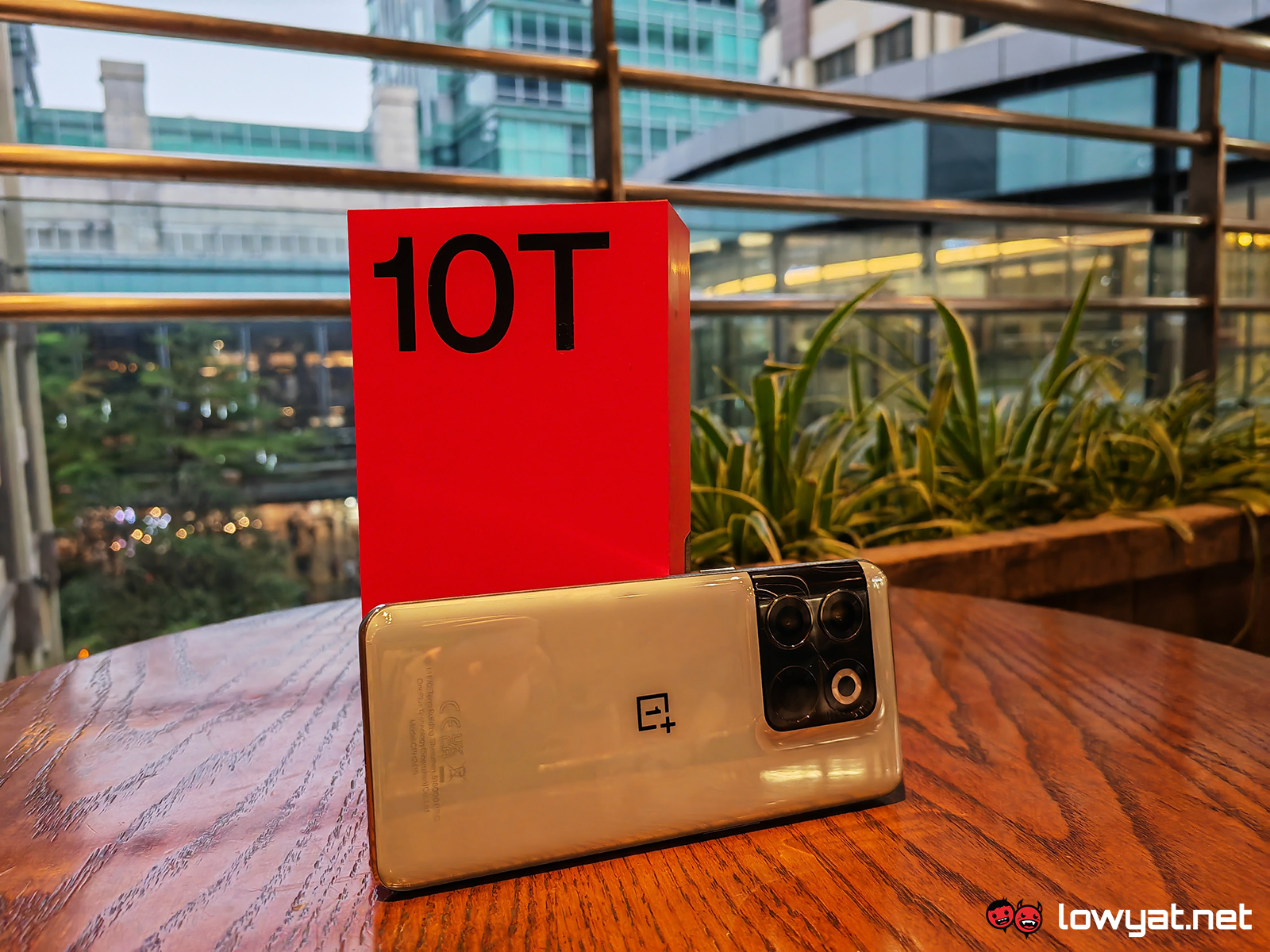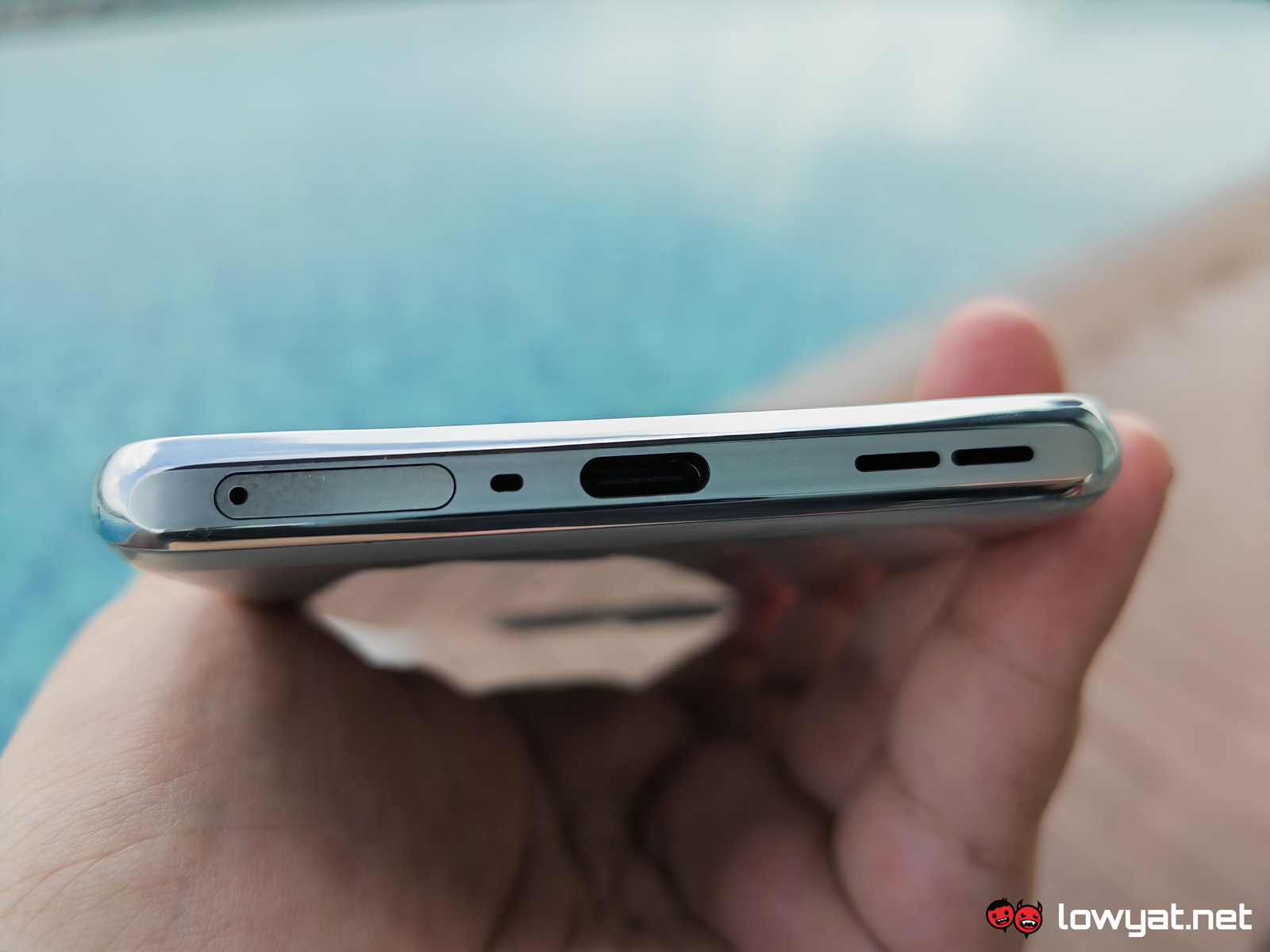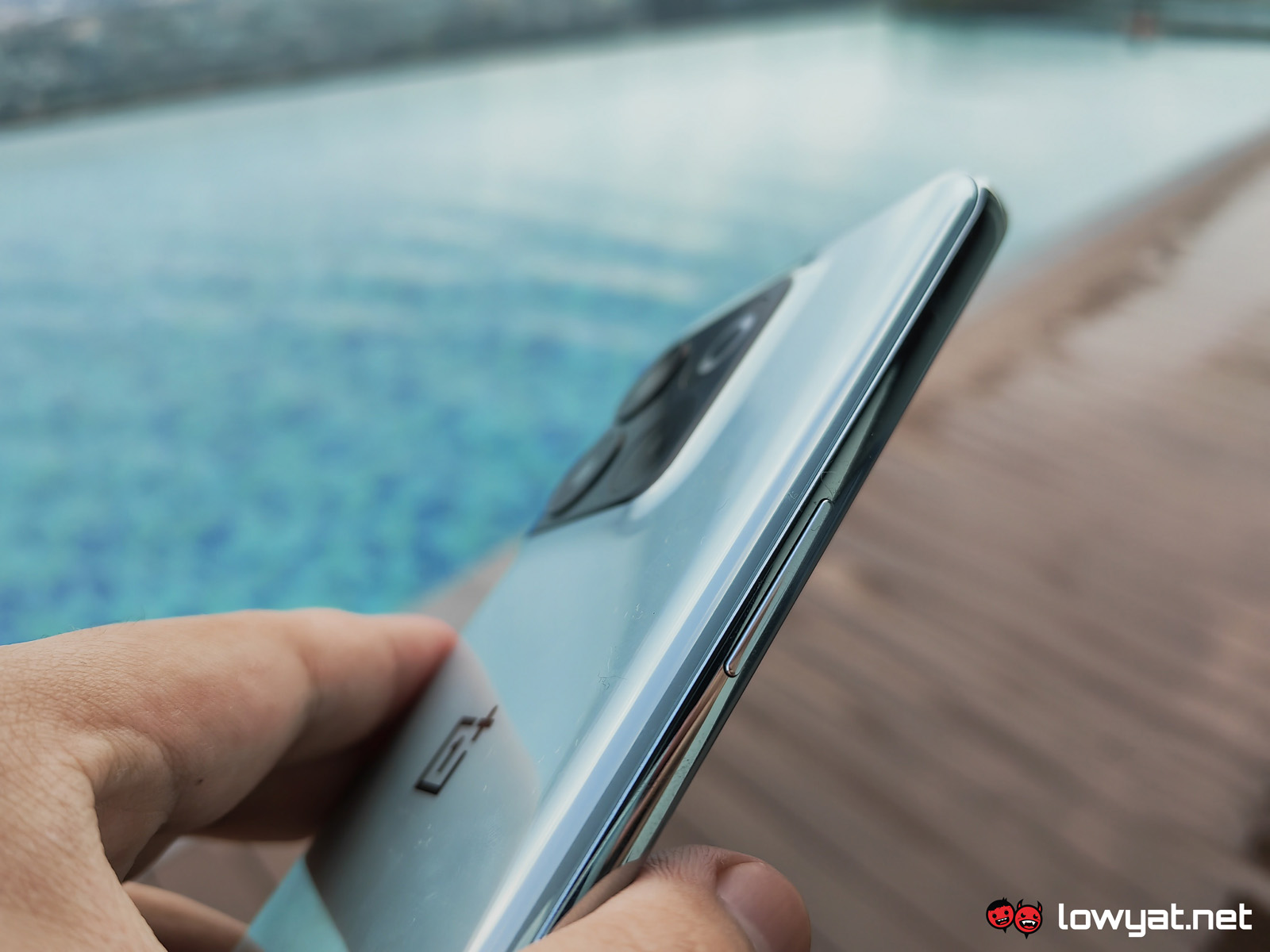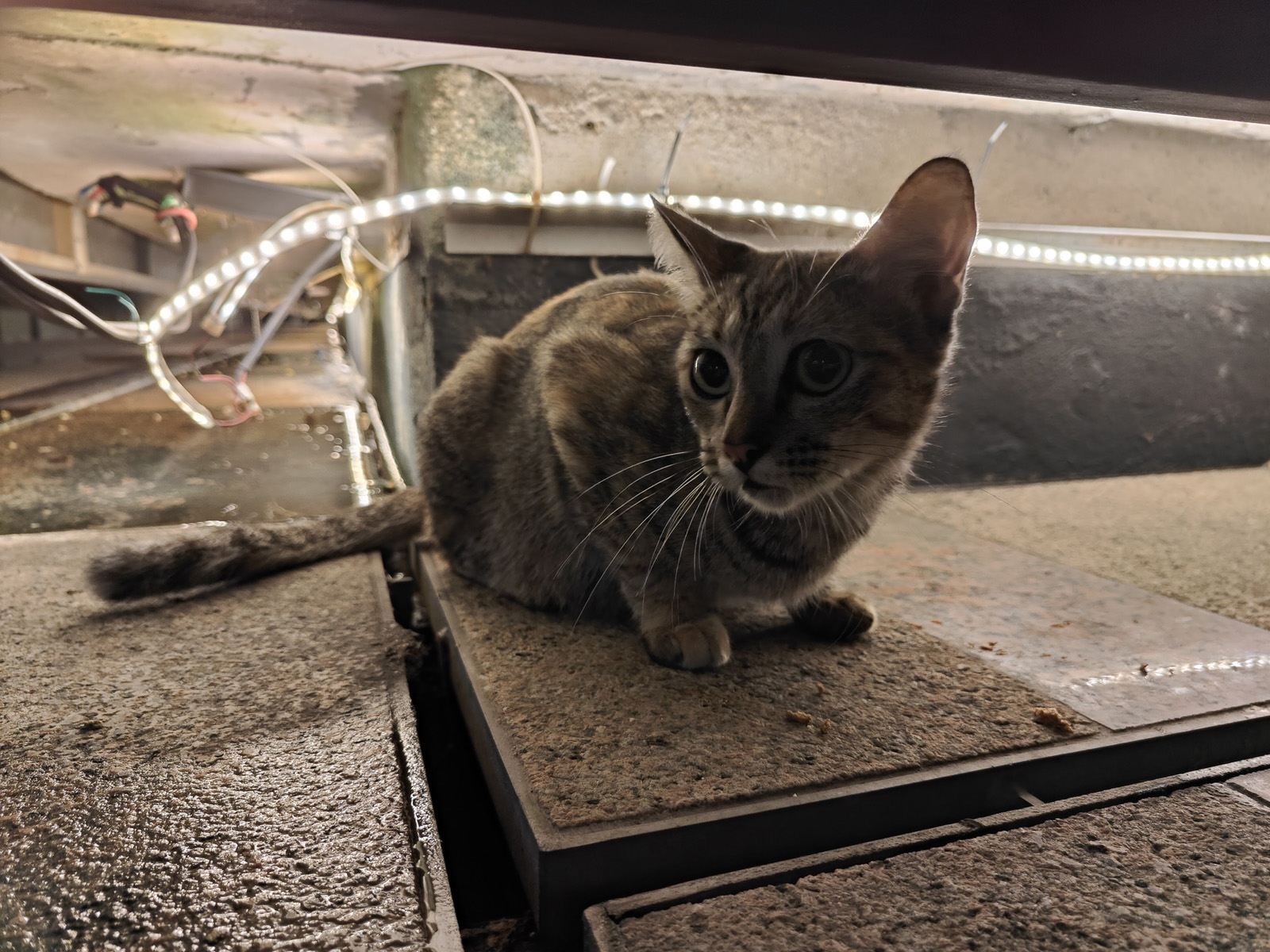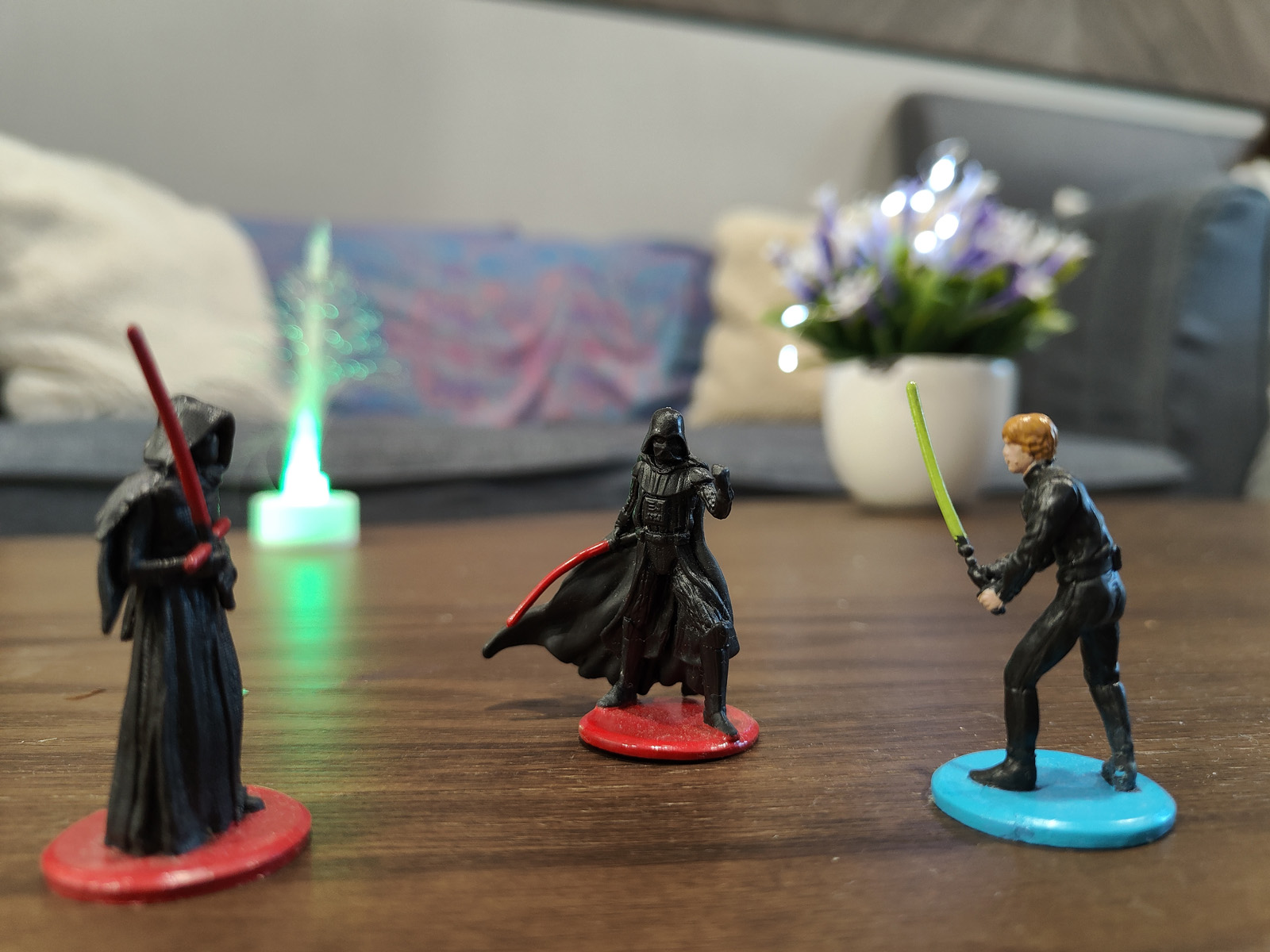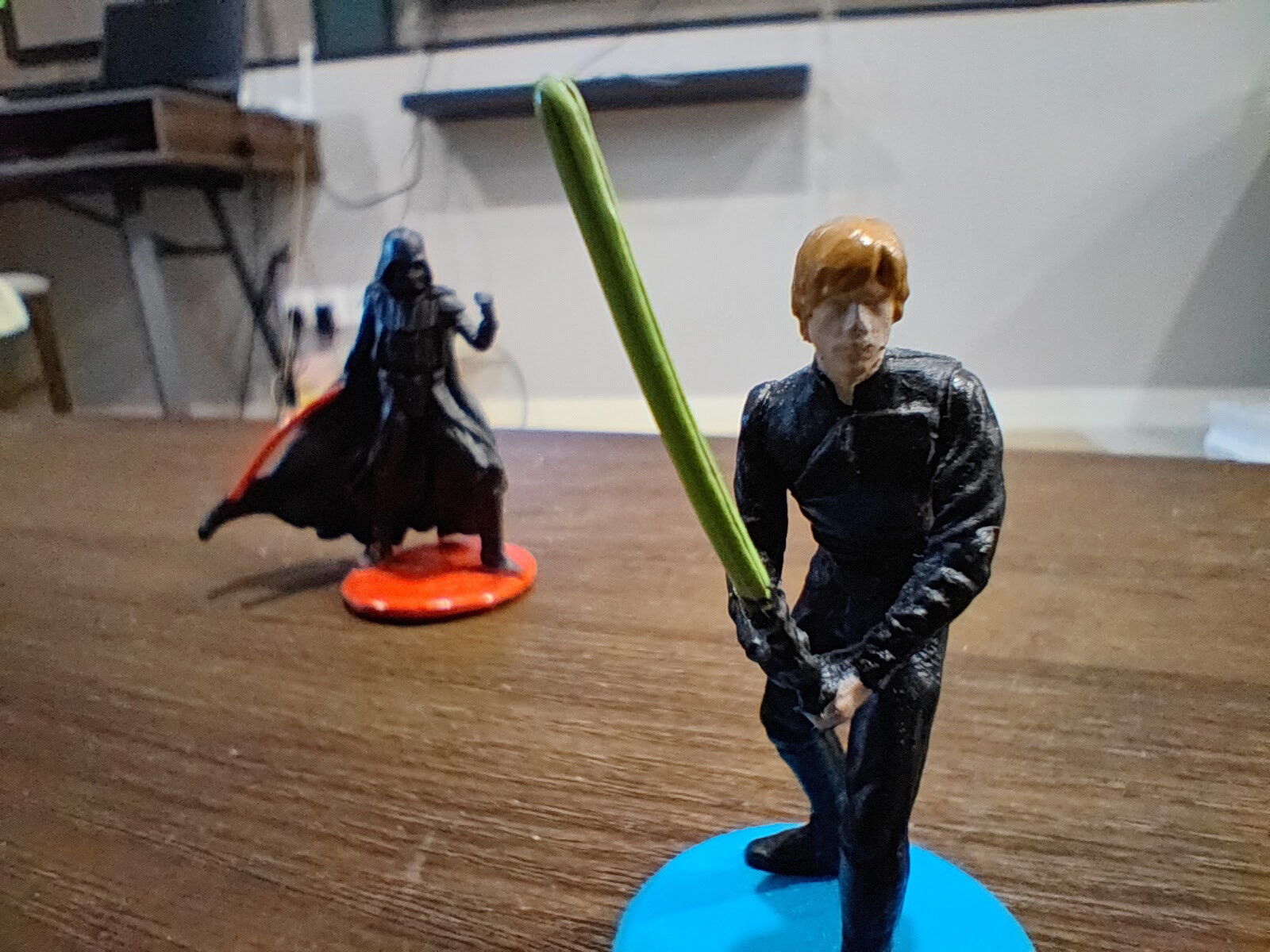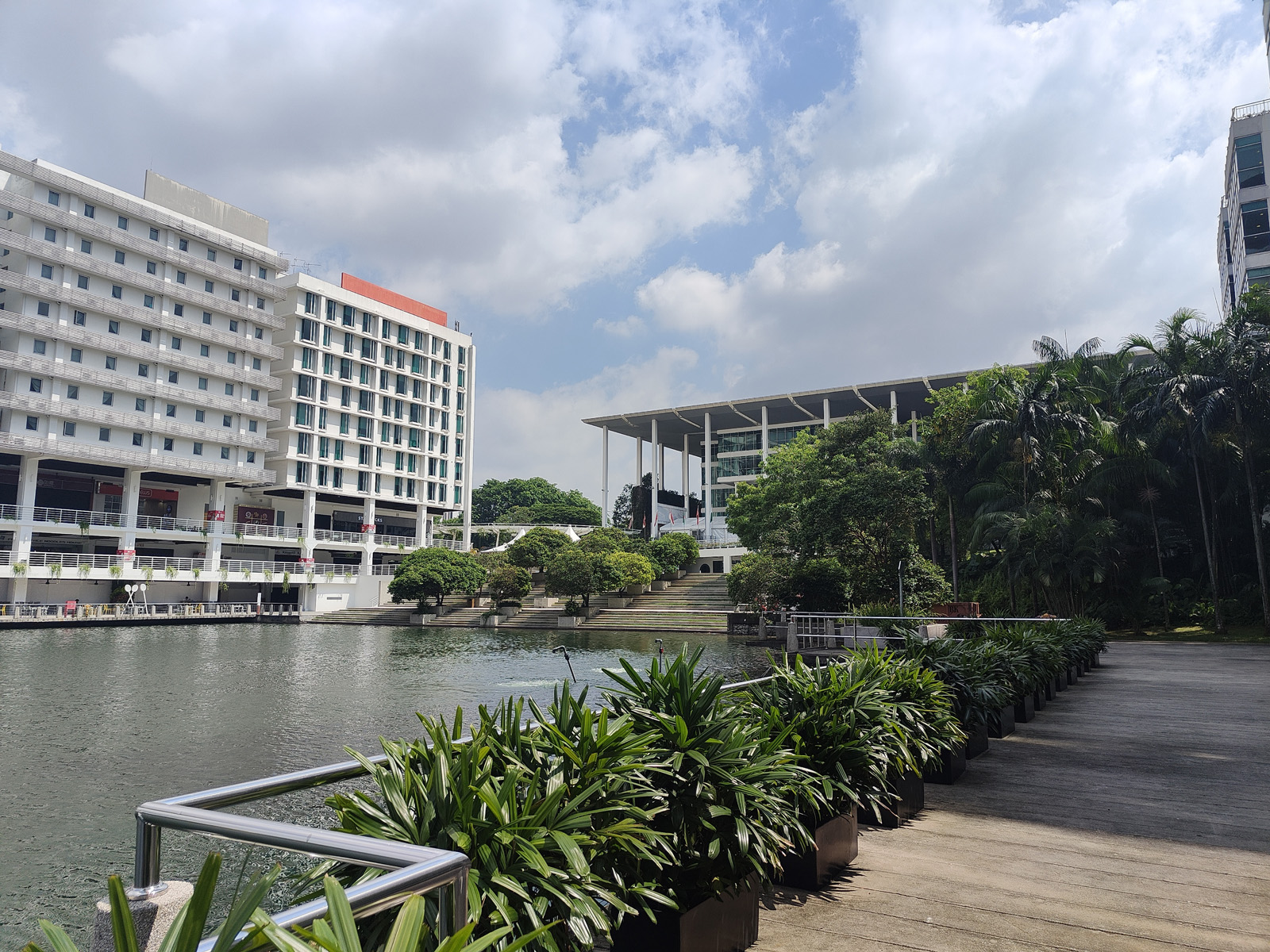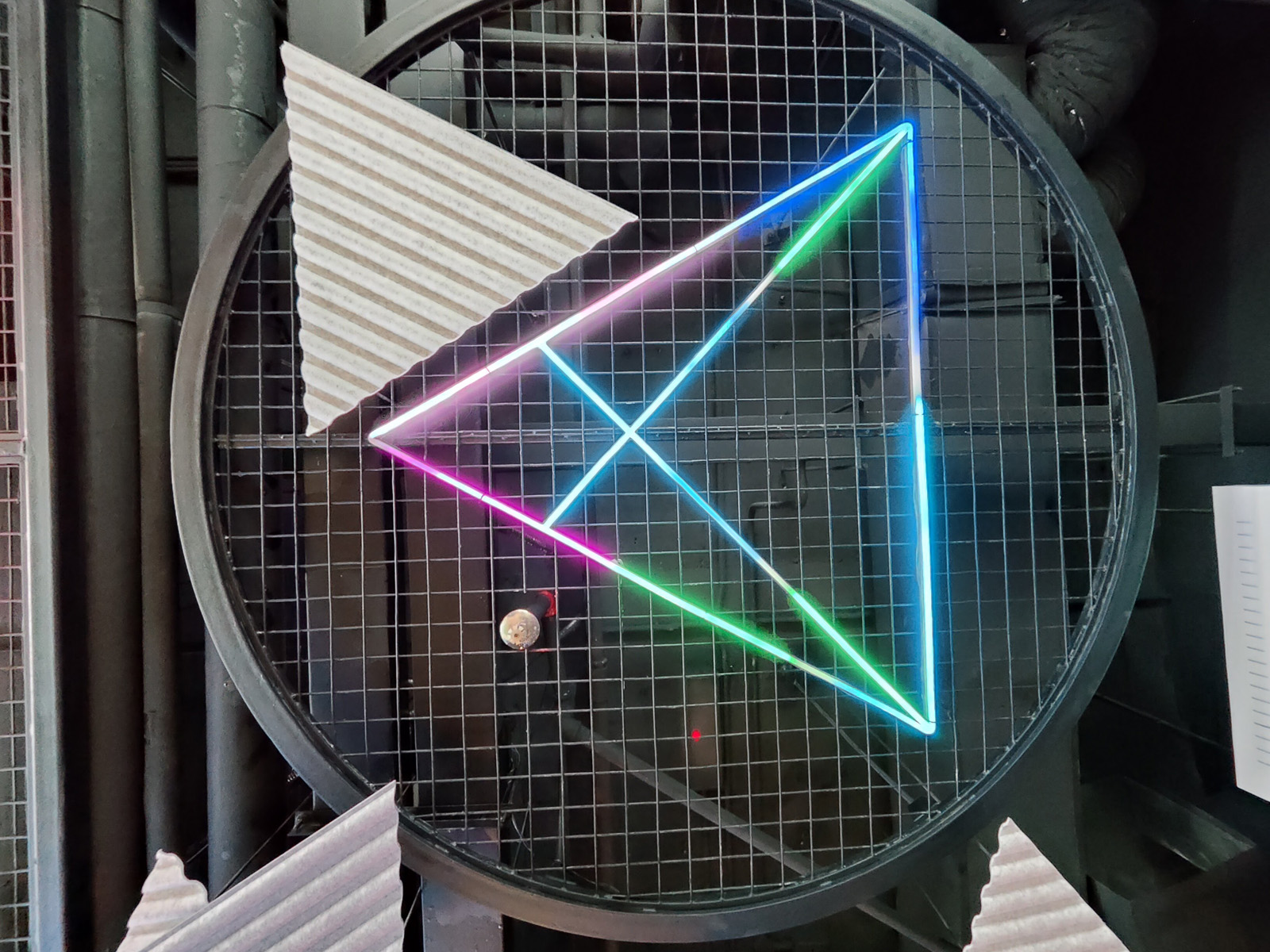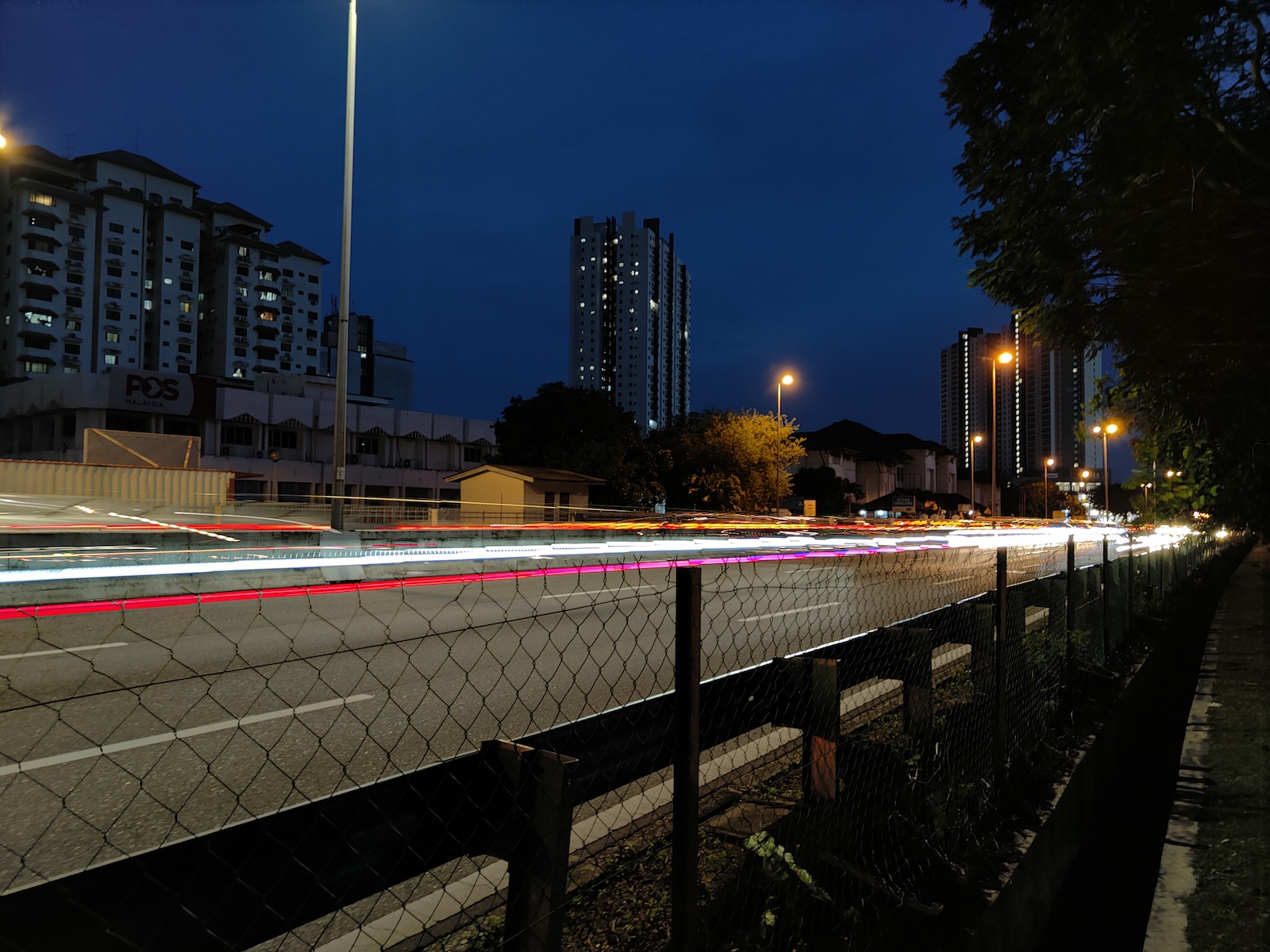OnePlus recently introduced its latest flagship offering and I’ve had my hands on it for a few weeks now. The OnePlus 10T is somewhere in between an upgrade and a more affordable version, despite its “T” moniker. This is because the brand never released a OnePlus 10, only a 10 Pro, so this should technically sit below the Pro variant despite its housing of a more powerful chip.
I haven’t used a OnePlus since the 3T, so to me, this phone felt more like a generic, but still powerful, mobile device rather than a quirky and unique flagship killer — the type of phone the brand was initially famous for.

Specifications
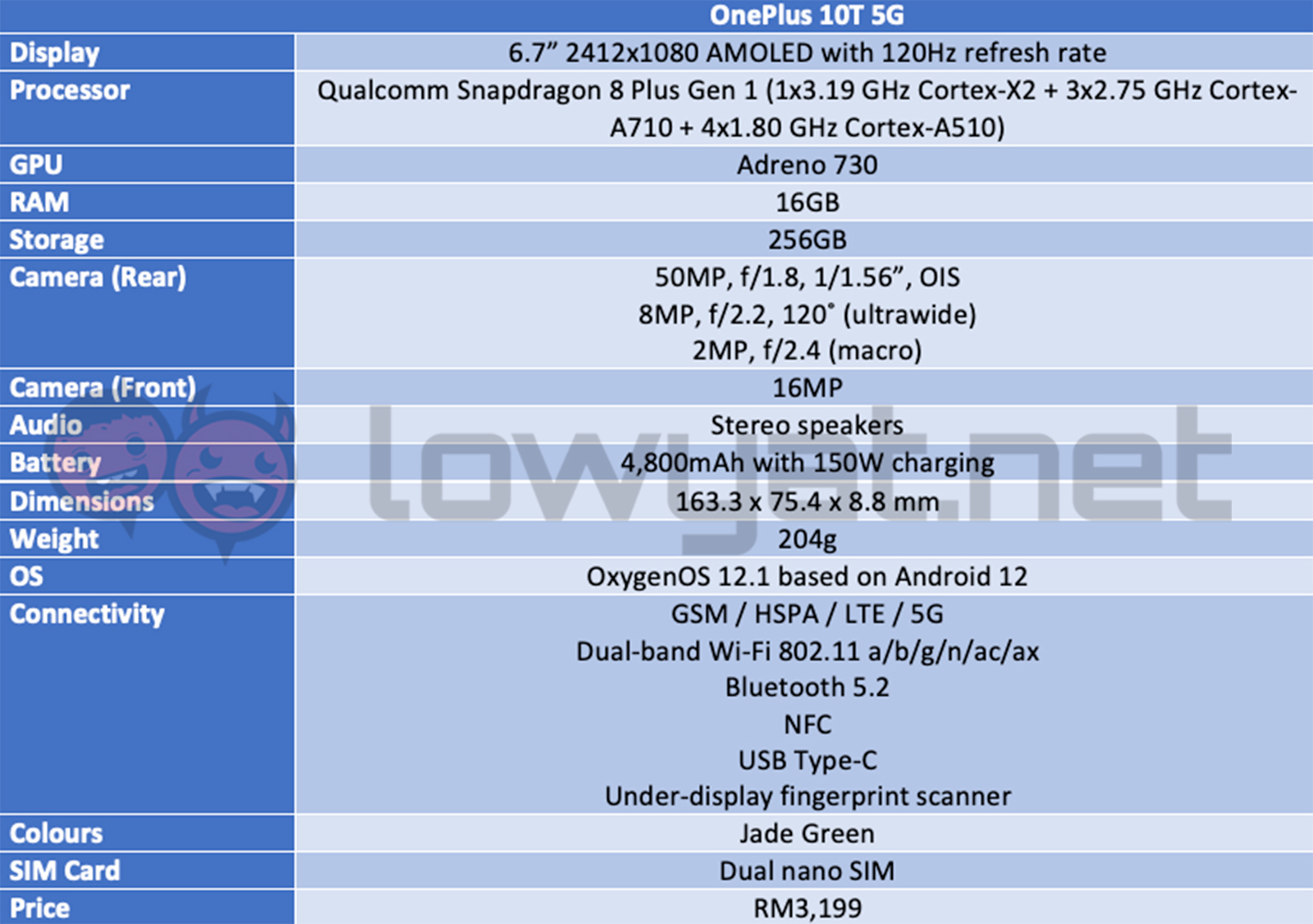
It runs on the latest and greatest chip that Qualcomm has to offer at the moment, the Snapdragon 8+ Gen 1, with only a single configuration using 16GB of RAM and 256GB of storage. It also borrows OPPO’s 150W SUPERVOOC charging, a first for its sister brand’s technology appearing in its own flagship.
Design
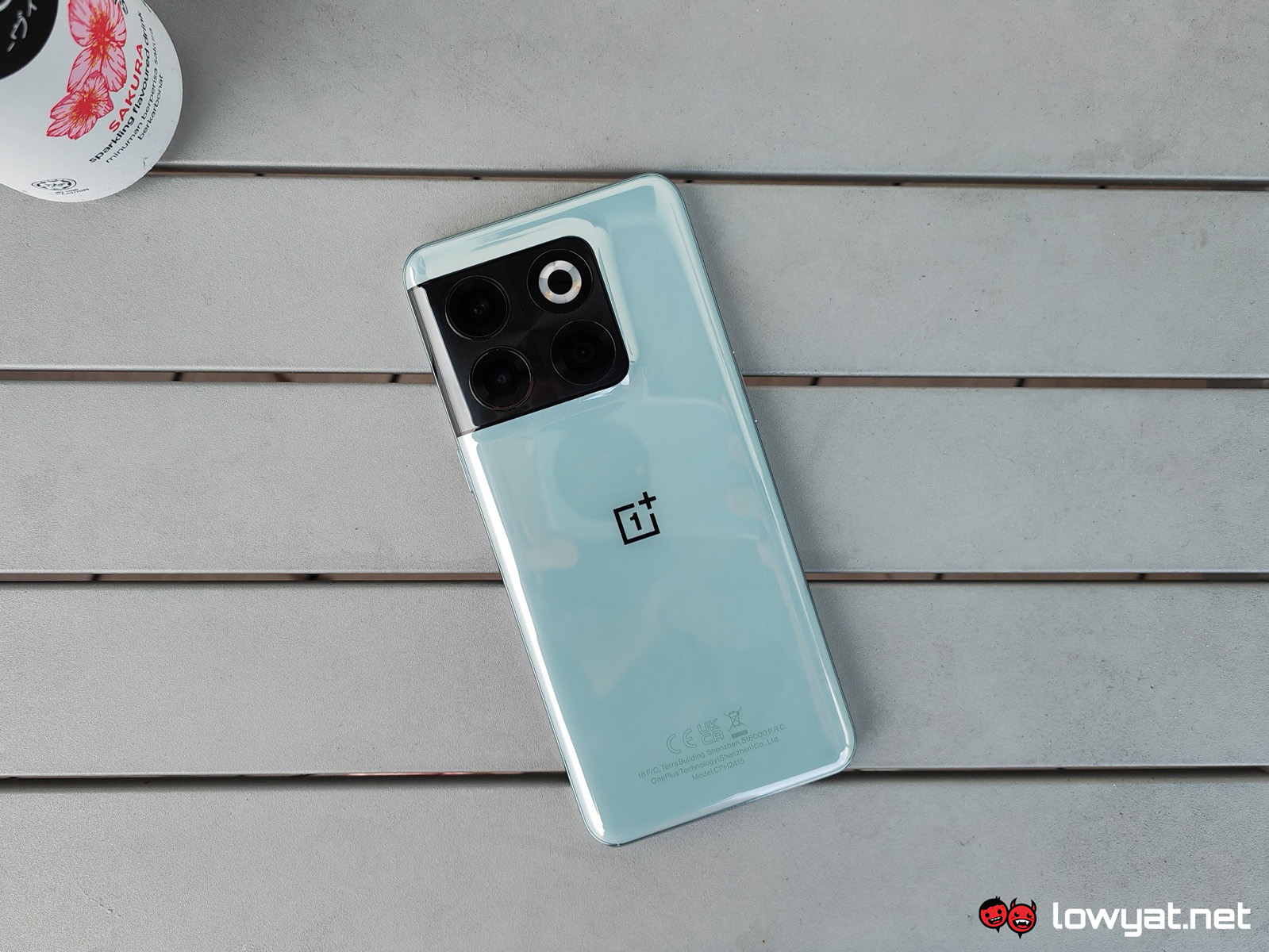
OnePlus has fitted the 10T with a glass back for the Jade Green colourway, which looks fine but as you would expect, it is an absolute fingerprint magnet. I would have preferred the Moonstone Black variant, a textured option that is reminiscent of the OnePlus One’s sandstone black back, but the company isn’t releasing that here, sadly.
The camera module gets a subtle but sleek design upgrade, seamlessly blending with the backplate. It’s a design aesthetic something we’ve seen in some OPPO phones, and also a sign that the two brands are further blurring the line between themselves. The 10T also has a plastic frame that looks like metal instead of the 10 Pro’s metal frame, but I haven’t noticed any sign of it being low quality.
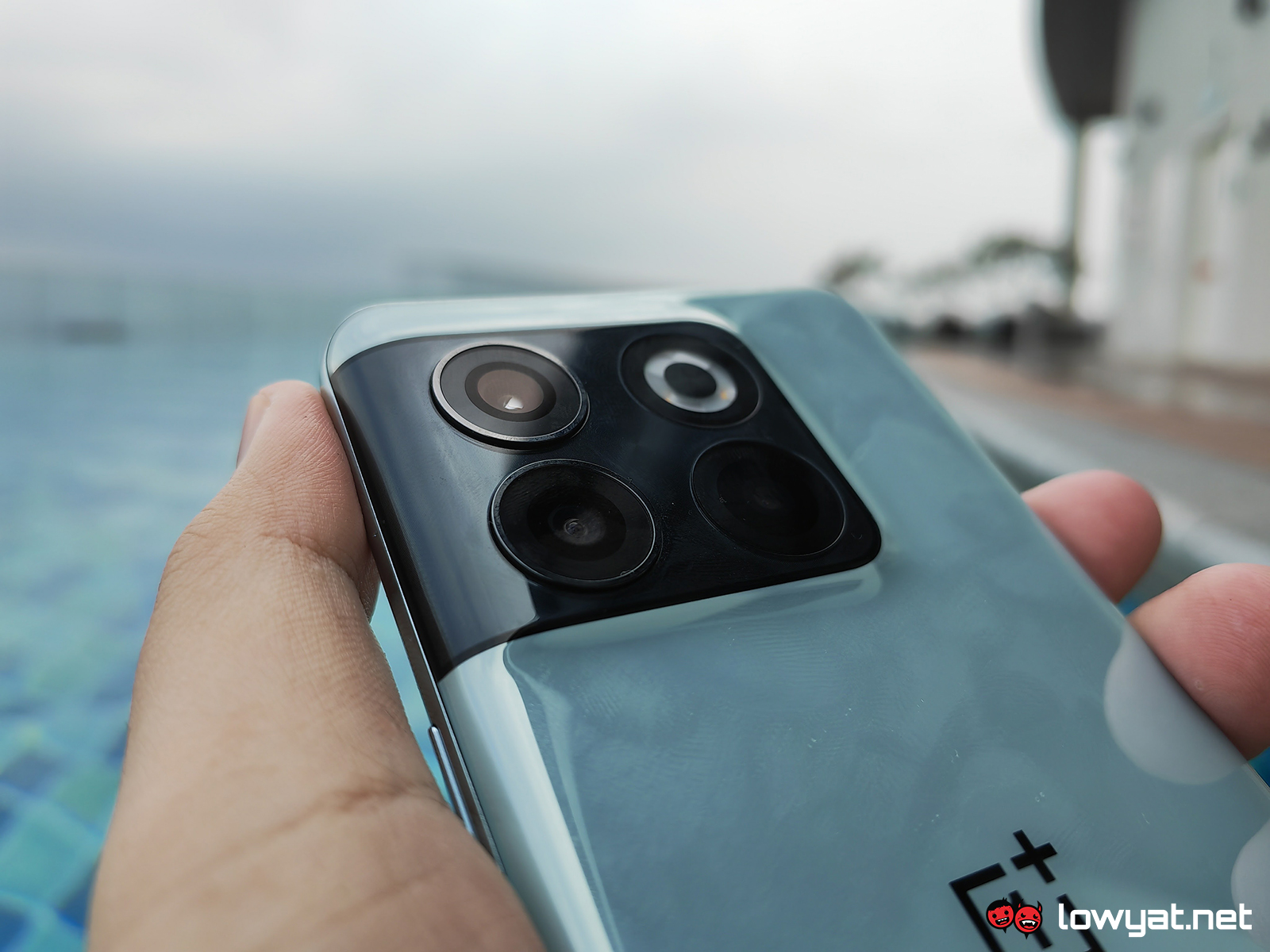
The four circles inside the main module cum housing contain a 50MP IMX766 sensor – the same one used in the HONOR Magic4 Pro and Nothing Phone (1) – an 8MP ultrawide, and a 2MP macro lens. Up front, there’s a 16MP selfie camera in a punch-hole cutout. Because the bump is only on one side, the phone will wobble anywhere you tap on it if used lying flat on a table.
As always, I have to chastise a phone manufacturer whenever they put the front camera in the centre when it could have just as easily been placed in the corner where it wouldn’t be a major distraction when watching fullscreen content. Under the display, there’s an optic fingerprint scanner with the common issue of being placed much too low compared to the natural position of where my thumb would usually rest on screen.
The power button and volume rocker can be found on the right and left side respectively, but the one feature that is notably missing from the phone is the OnePlus alert slider. The phone’s stereo speakers are found at the bottom as well as the top, which doubles as the earpiece. The bottom also contains the SIM card tray and, being a flagship, it lacks an audio jack.
User Experience
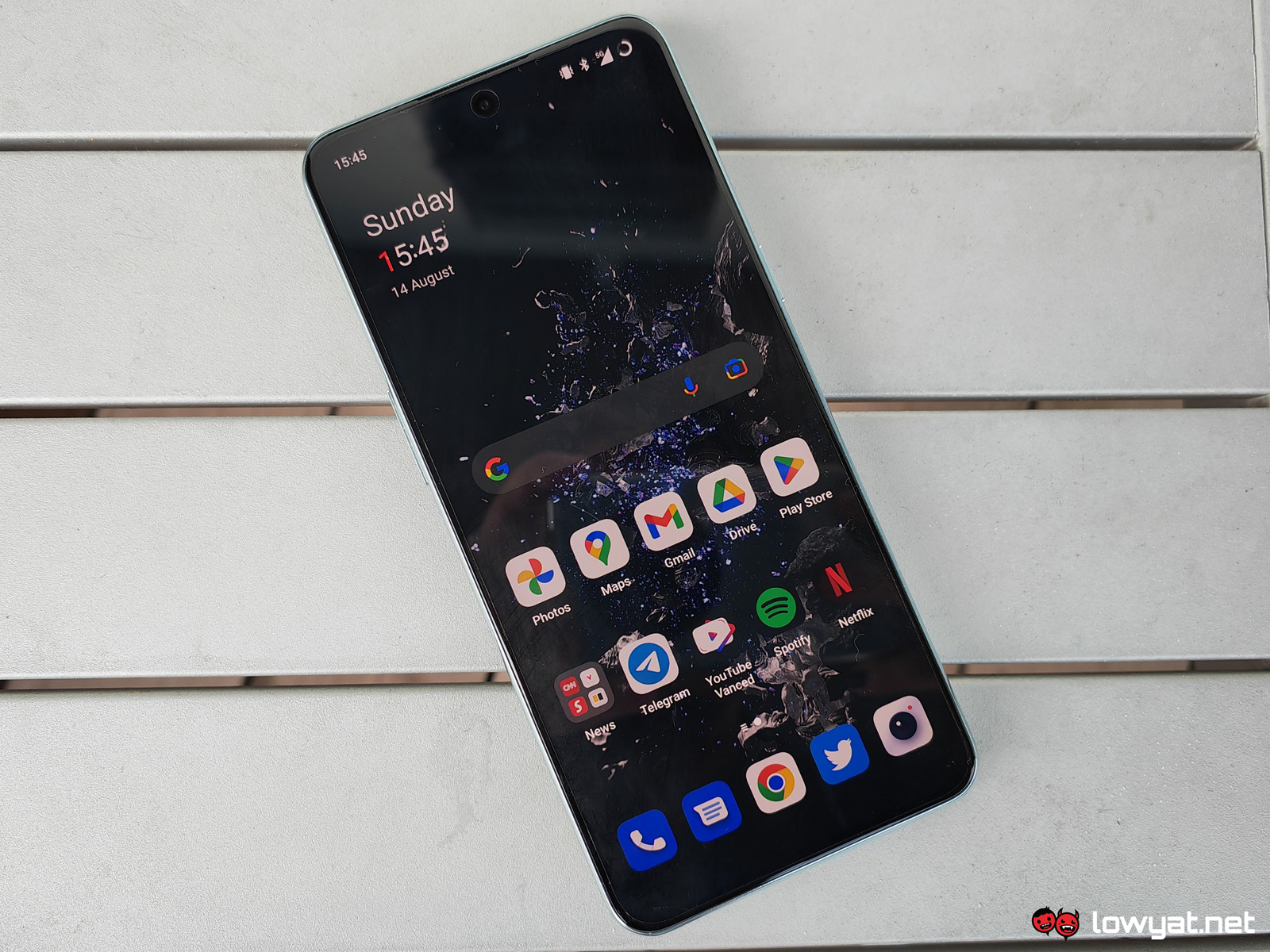
While I can’t remember much about what the original OxygenOS was like, OxygenOS 12 provides a very pleasant experience with minimal bloatware, making it relatively close to stock Android but with some welcome OnePlus-esque visual customisations.
The speakers get reasonably loud and sound great in most cases, but when you set the volume all the way up, it tends to err towards being a bit tinny. There’s also no water resistance rating, which gave me some anxiety whenever I’m walking around and it starts raining. Honestly, OnePlus, it’s 2022: you’d think this feature would be a default integration by now and not a passing fancy.
As for the display, it’s beautiful and buttery smooth thanks to the 120Hz AMOLED, but I really wish it could be brighter as outdoor visibility isn’t great. And, obviously, being powered by the Snapdragon 8+ Gen 1 means that in my hands, I never experienced a single moment of lag, even when switching between multiple apps at lightning speed.
There’s also another advantage to the Plus chipset aside from raw power, which is efficiency. OnePlus claims a power efficiency improvement of 30% with the new SoC, and it really shows when it comes to heat and battery life.

Most of the Snapdragon 8 Gen 1 phones I get warm pretty easily, but the OnePlus 10T always keeps cool unless you’re running a heavy, continuous workload — even then, it doesn’t get hot enough for me to worry about it overheating. Speaking of heavy workloads, the phone absolutely dominates synthetic benchmark scores.
The battery performance is probably my favourite thing about this phone. Even with Always-On Display turned on all the time, the phone effortlessly lasts two whole days and it still has some juice to space. And when I recharge it every third day, the 150W adapter fully charges the phone from single-digit power to 100% in just 19 minutes, which is true to OnePlus’ advertising.
We’ve seen 120W charging before, and while it doesn’t seem like that big of a difference numerically, being able to add an extra 20% to the battery in literally four minutes is a godsend for fools like me who do forget to charge occasionally. It’s good enough that I’m even willing to forgive the lack of wireless charging in a flagship product.
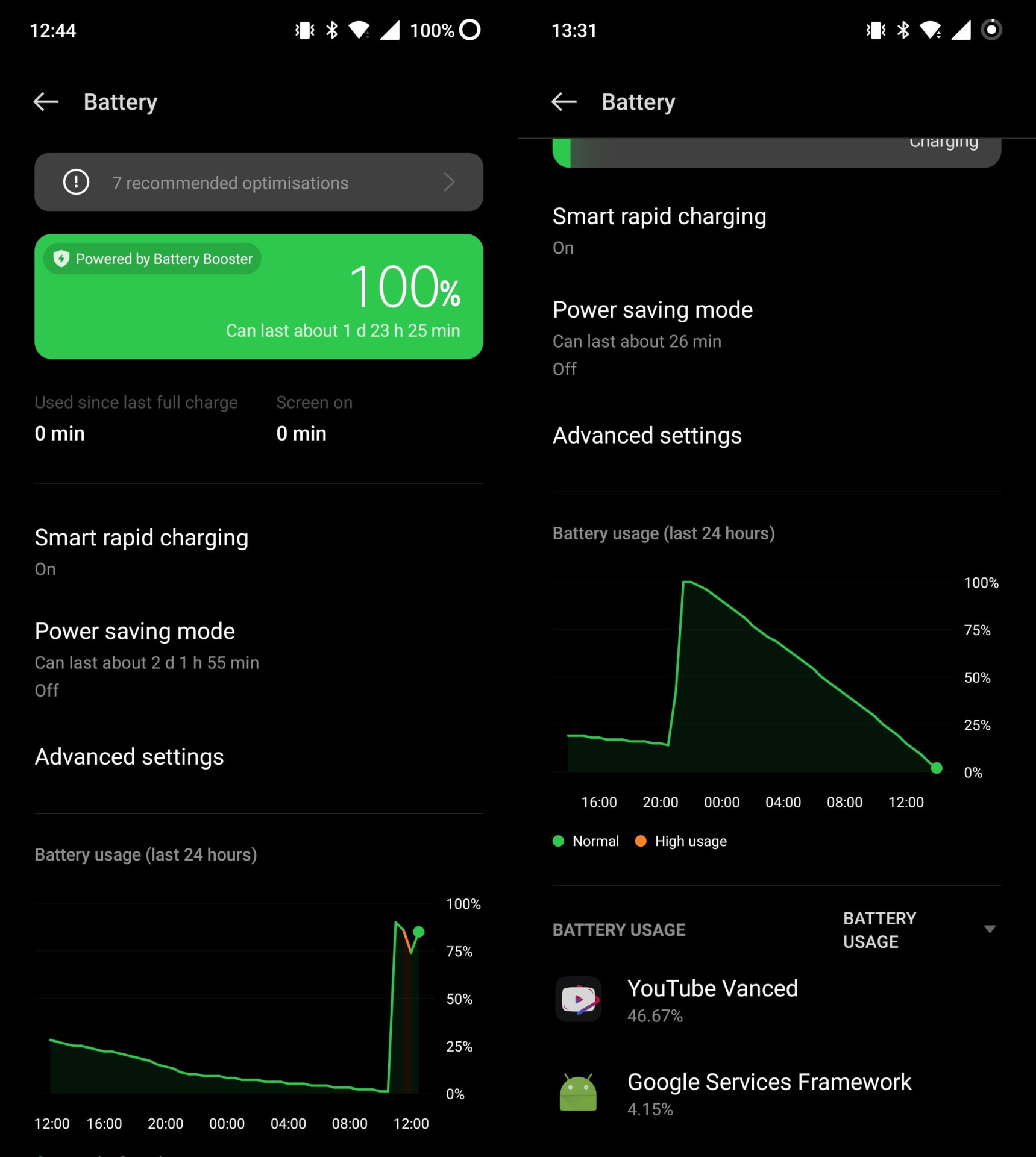
Running it through the wringer with the usual YouTube video loop test, the 10T lasted almost a whopping 17 hours with the brightness and volume set to about 25%. This is one of the best results I’ve seen in such a high-end device.
Camera
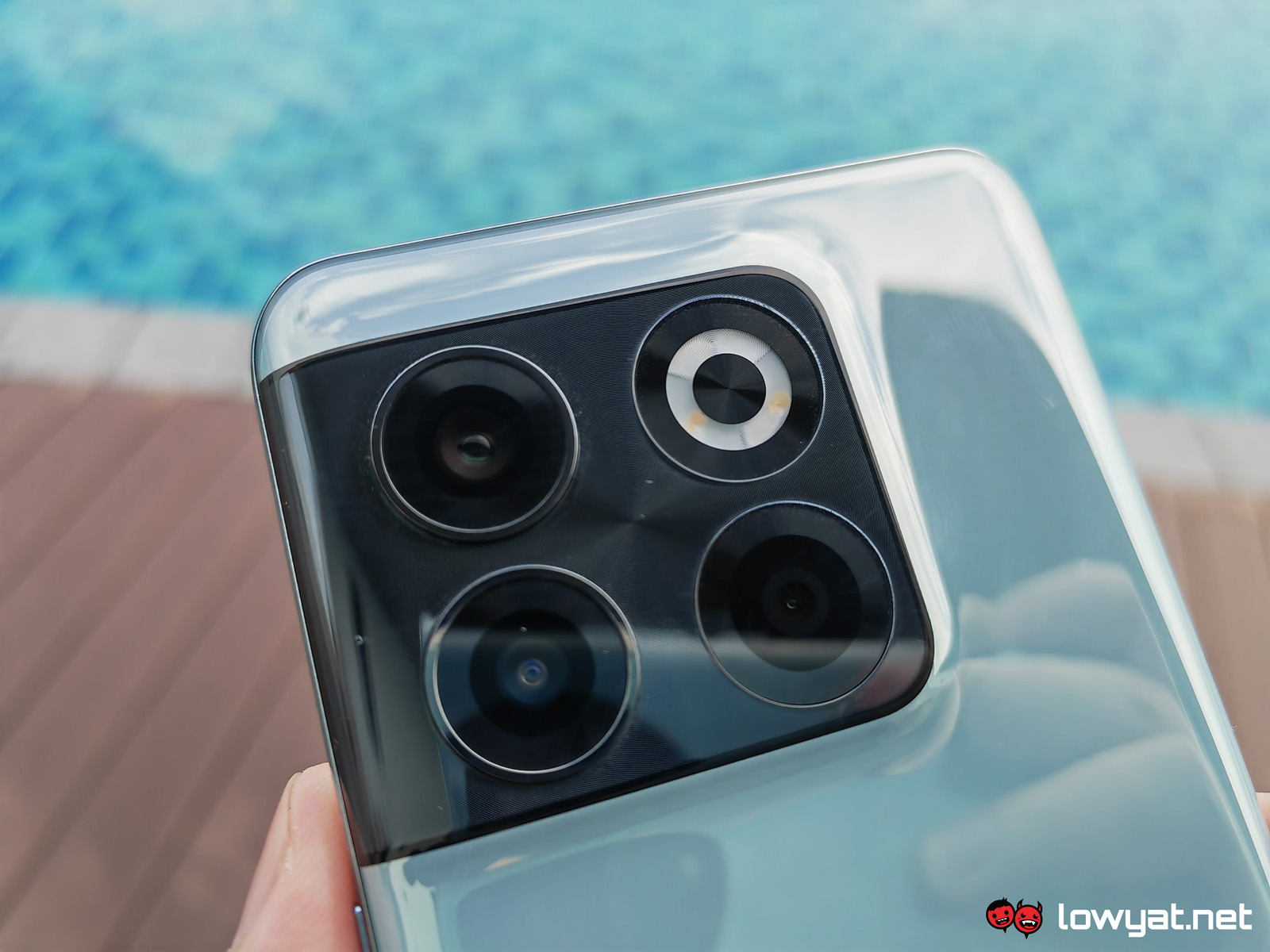
As previously mentioned, the OnePlus 10T sports a 50MP main shooter, an 8MP ultra-wide, and a 2MP macro, all of which sit flush within itsmodule. The primary camera is excellent in the daytime, with practically any photo being sharp and crispy, though colours can sometimes appear to be dull and washed out. Like many IMX766 sensor cameras I’ve tried, it tends to have difficulty focusing on small objects during close-ups, especially if it’s something like a flower constantly shifting about with the wind.
At night, the main lens is also a great performer with photos taken at dusk appearing almost like they were taken during the day. However, it does suffer from the blooming effect whenever there is a relatively-bright light source such as streetlights.
The ultra-wide is mediocre at best, mostly because of the low megapixel count that often results in soft-looking photos unless you have ideal lighting. On a related note, the OnePlus 10T gets bonus points for its selfie camera, as it’s surprisingly good at taking photos in low-light environments.

As for the macro sensor, it’s not the microscope-adjacent tool you might expect from something like the OPPO Find X3 Pro, but rather, it’s clearly just an extra camera OnePlus fitted onto it as a gimmick. You’re better off taking a 50MP image from a bit further away and then cropping in, rather than use the macro mode.
Sample Images
Competition
ASUS ROG Phone 6
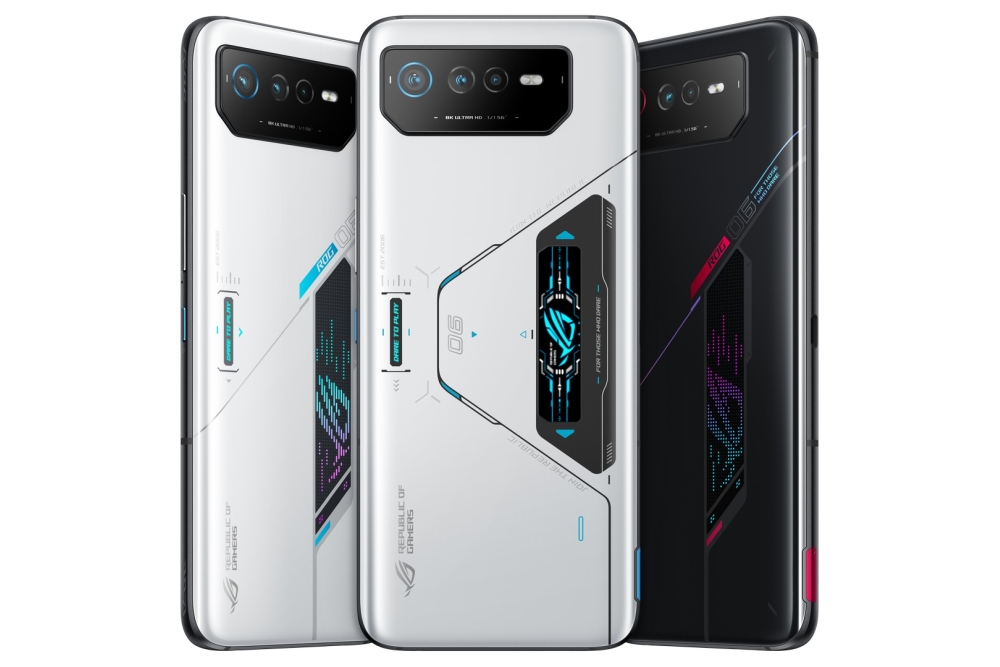
The ASUS ROG Phone 6 also packs a Qualcomm Snapdragon 8+ Gen 1 chipset with up to 16GB of RAM and maxes out at 512GB of storage. It has a similar camera setup consisting of the same 50MP Sony IMX766 sensor, a 13MP ultra-wide, and a 5MP macro, with a 12MP front shooter.
The ROG Phone 6 sports a slightly brighter and bigger 6.78-inch AMOLED and being that it’s a gaming-oriented device, it has a higher refresh rate of 165Hz. The 6,000mAh battery is definitely bigger than the 10T’s but it has a paltry charging speed of only 65W in comparison, although reverse charging support is a plus. It costs slightly more than OnePlus’ offering at a starting price of RM3599, but that price difference might be worth it for those who crave RGB-ridden gamer aesthetics.
realme GT2 Pro
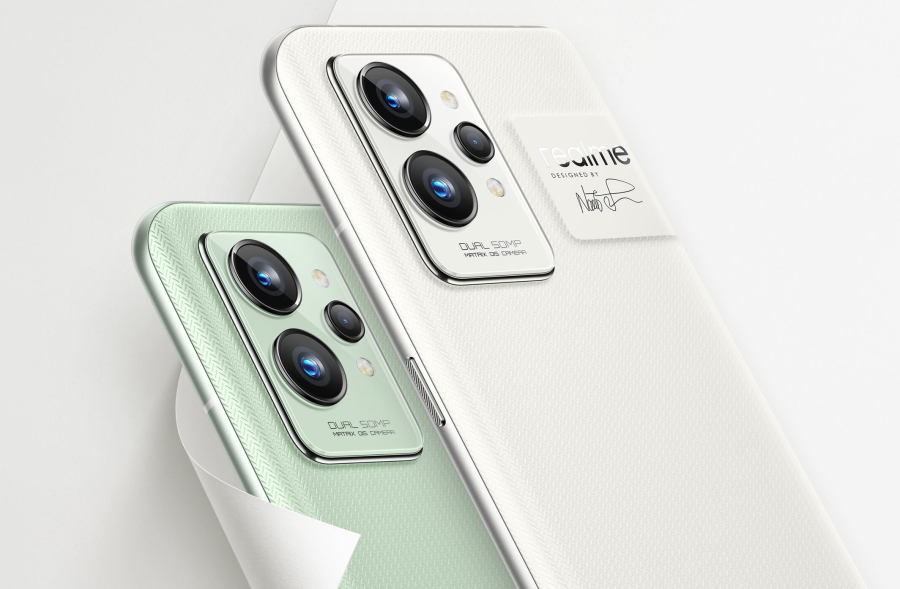
The realme GT2 Pro is another Snapdragon 8+ Gen 1 flagship that comes with 12GB of RAM and 256GB of storage. Once again, it has a 50MP Sony IMX766 main shooter, a 50MP ultra-wide, and a 3MP microscope camera that claims 40x magnification along with a 32MP selfie camera.
On the display end, it’s equipped with a 6.7-inch 120Hz LTPO2 AMOLED display. The GT2 Pro is powered by a marginally larger 5,000mAh battery with support for 65W charging. With the better ultra-wide camera and a more power-efficient display, the realme device comes in at only RM2999.
Conclusion
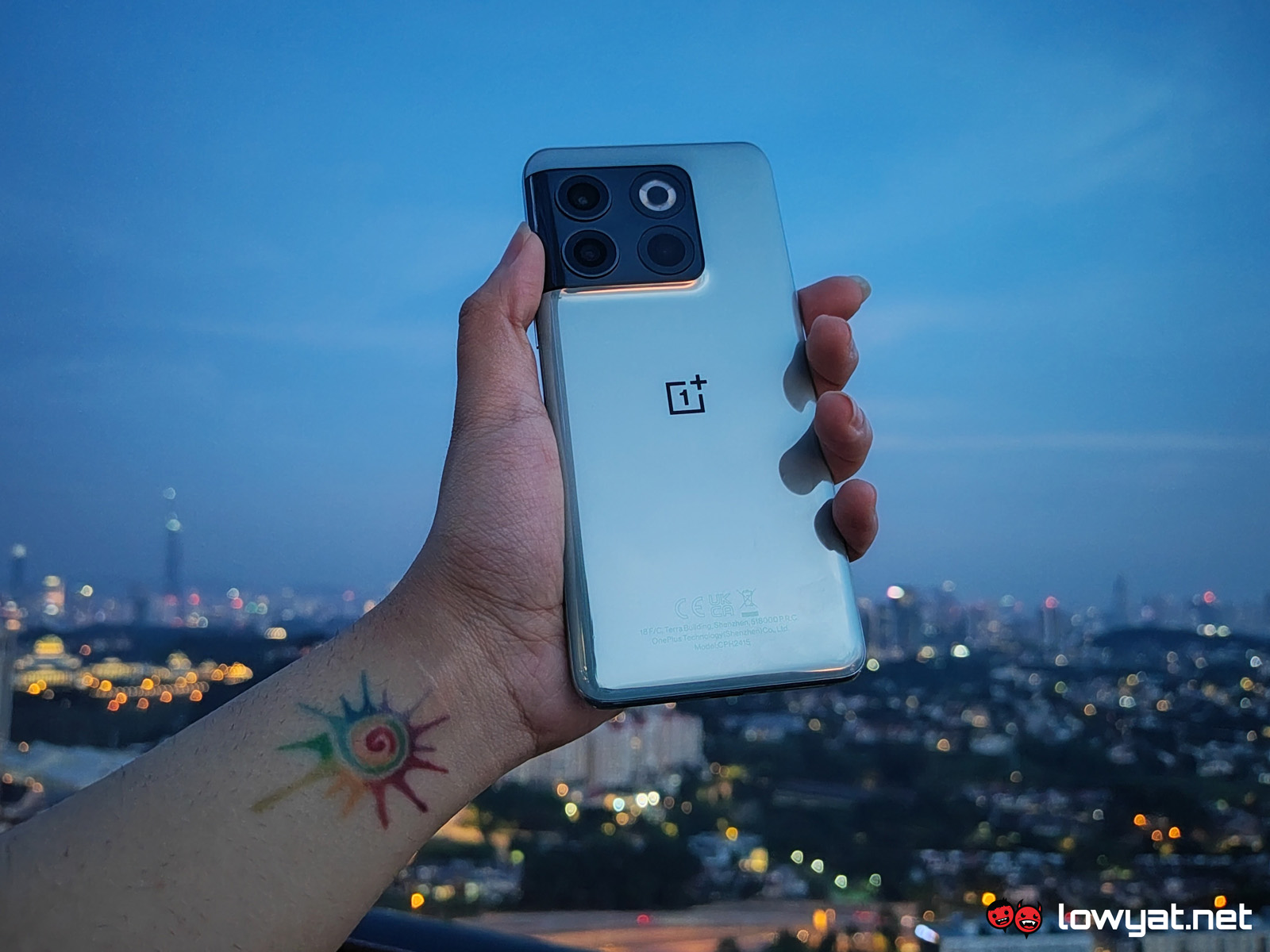
To wrap up how I feel about the OnePlus 10T, it’s a boring phone that doesn’t have any particular feature that I would get excited about telling people — except for the SUPERVOOC charging which honestly doesn’t make that big of a difference to the overall experience. I mean, not unless you’re someone who regularly forgets to charge their device. However, it is still an amazingly well-rounded device that hits almost every basic checkbox.
At RM3199, it is just a bit overpriced for a flagship with such disappointing ultra-wide and macro cameras, but if you can find a deal for under RM3,000 and you really want a powerful phone, the 10T might just be a great package for you.
Follow us on Instagram, Facebook, Twitter or Telegram for more updates and breaking news.


